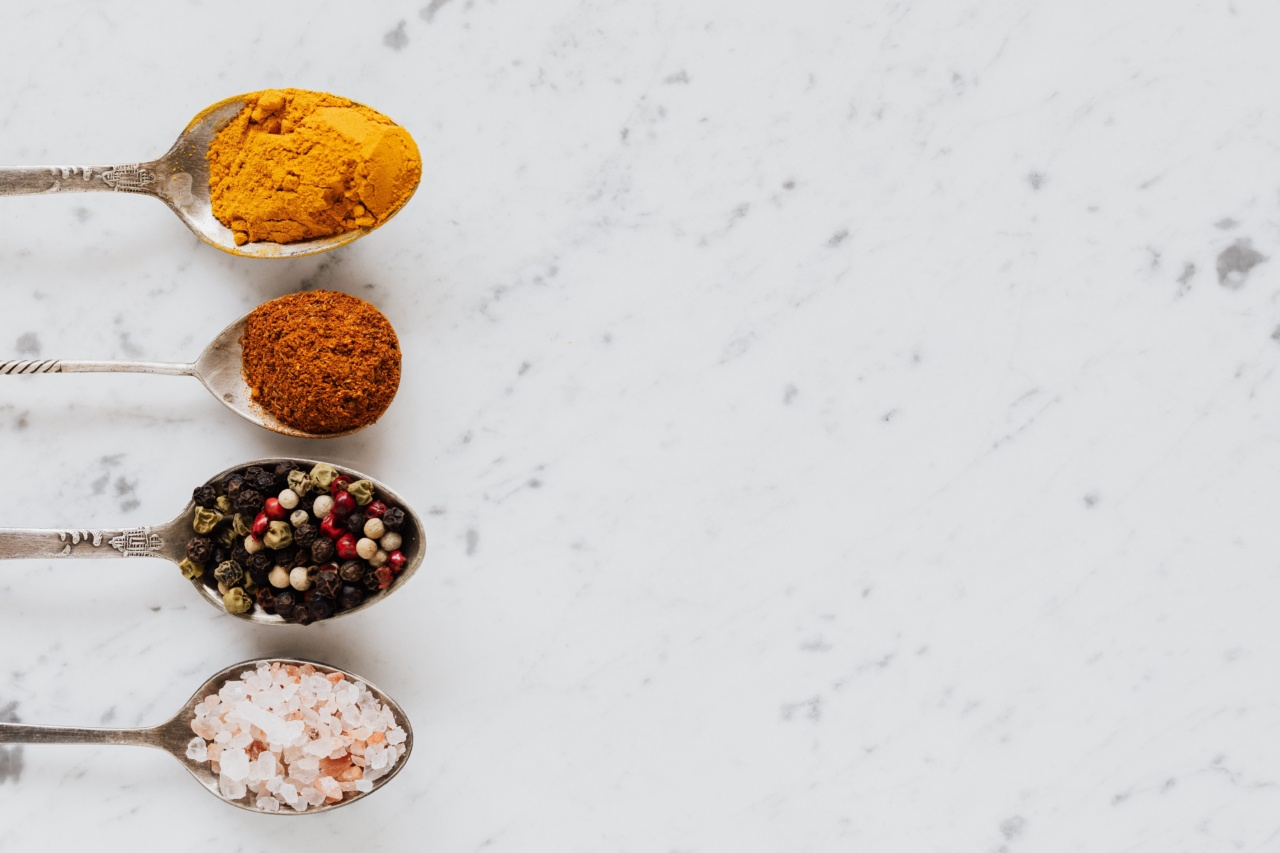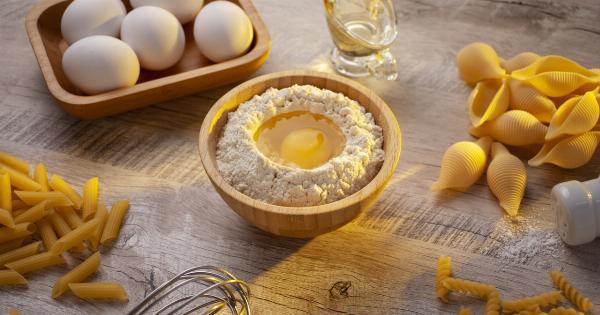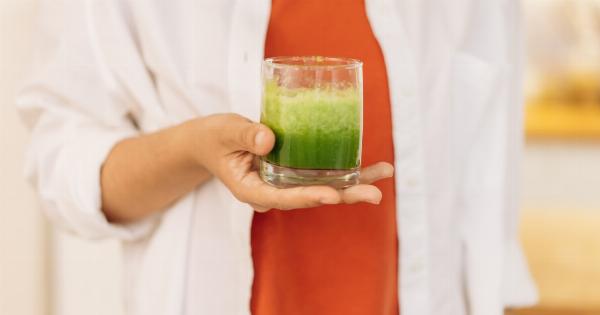Salt is a common ingredient in many dishes, adding flavor and enhancing taste. However, consuming too much salt can have negative effects on our health, such as high blood pressure and an increased risk of heart disease.
While it’s important to monitor our salt intake, some foods contain surprisingly high amounts of salt, even when they don’t taste particularly salty. In this article, we will explore six foods that sneakily load up on salt, so you can make more informed choices about what you eat.
The Dangers of Excessive Salt Consumption
Before delving into the specific foods, let’s briefly understand why excessive salt consumption can be harmful. Sodium, the primary component of salt, plays a vital role in maintaining the balance of fluids in our bodies.
However, consuming too much sodium can lead to fluid retention and increased blood volume, putting strain on the heart and blood vessels.
Elevated salt intake can also contribute to the development of high blood pressure, a leading risk factor for heart disease and stroke.
In addition, research suggests that excessive salt consumption may impair endothelial function, increase arterial stiffness, and have negative effects on kidney function.
1. Bread and Bakery Products
Bread is a staple in many diets around the world, but it’s also a common source of hidden salt. Even though bread may not taste salty, it often contains significant amounts of sodium.
Bread manufacturers use salt not just for flavoring but also to control the fermentation process and improve the texture of the dough.
Furthermore, bakery products like bagels, pastries, and muffins can also be surprisingly high in salt content. These products often contain added salt for taste as well as to enhance shelf life.
2. Cured and Processed Meats
Cured and processed meats, such as bacon, ham, sausages, and deli meats, are favorites for many meat lovers. However, these savory treats can also be loaded with salt.
Curing and processing methods typically involve the addition of salt for preservation and flavor enhancement.
It’s important to note that consuming excessive amounts of cured and processed meats isn’t just a concern due to their salt content.
These products are often high in saturated fats and additives, which can negatively impact cardiovascular health if consumed in large quantities.
3. Condiments and Sauces
Condiments and sauces can add extra flavor to our dishes, but they can also pack a hidden salt punch. Ketchup, soy sauce, barbecue sauce, and salad dressings are some examples of condiments that can be surprisingly high in sodium.
Even just a small serving of these sauces can contribute a significant amount of salt to your meal.
For those looking to reduce their salt intake, opting for low-sodium or reduced-salt alternatives can be a better choice. Alternatively, making your own sauces and dressings at home allows you to control the amount of salt added to your meals.
4. Cheese
Cheese is a versatile and delicious food, but it’s often high in sodium. Cheeses, especially processed varieties, undergo salting during their production process to enhance flavor, texture, and prolong shelf life.
While cheese can be a good source of calcium and protein, it’s important to consume it in moderation, especially if you’re watching your salt intake.
Opting for lower-sodium cheese varieties or using smaller portions can help reduce your sodium consumption while still enjoying the taste and texture of cheese.
5. Ready-to-Eat Breakfast Cereals
Many of us rely on convenience and quickness when it comes to breakfast, and ready-to-eat cereals have become a popular choice. However, some breakfast cereals marketed as healthy options can be high in salt, even those targeted toward children.
These cereals often contain added salt to enhance the flavor and appeal to consumers.
Reading the nutrition labels and opting for low-sodium or no-added-salt cereals can help reduce your daily sodium intake while still enjoying a quick and convenient breakfast option.
6. Frozen Meals and Packaged Snacks
In our fast-paced lives, frozen meals and packaged snacks have become go-to options for quick and easy meals or on-the-go munching. While they offer convenience, these products can contain surprisingly high amounts of salt.
Frozen meals, such as TV dinners and microwaveable soups, often require added salt for flavor and preservation purposes. Packaged snacks like potato chips, pretzels, and crackers also tend to be high in sodium.
It’s essential to read the labels and choose lower-sodium options or smaller portion sizes to reduce your salt intake while still enjoying the convenience of these foods.
Conclusion
Keeping an eye on our salt intake is crucial for our overall health and well-being.
While it’s necessary to be mindful of adding salt during cooking and at the table, it’s equally important to be aware of hidden sources of salt in certain foods.
Bread and bakery products, cured and processed meats, condiments and sauces, cheese, ready-to-eat breakfast cereals, and frozen meals and packaged snacks can sneakily load up on salt.
By making informed choices and opting for lower-sodium alternatives, we can reduce our salt intake and maintain a balanced diet.



























